The dog-sledding dilemma: should I or shouldn’t I?
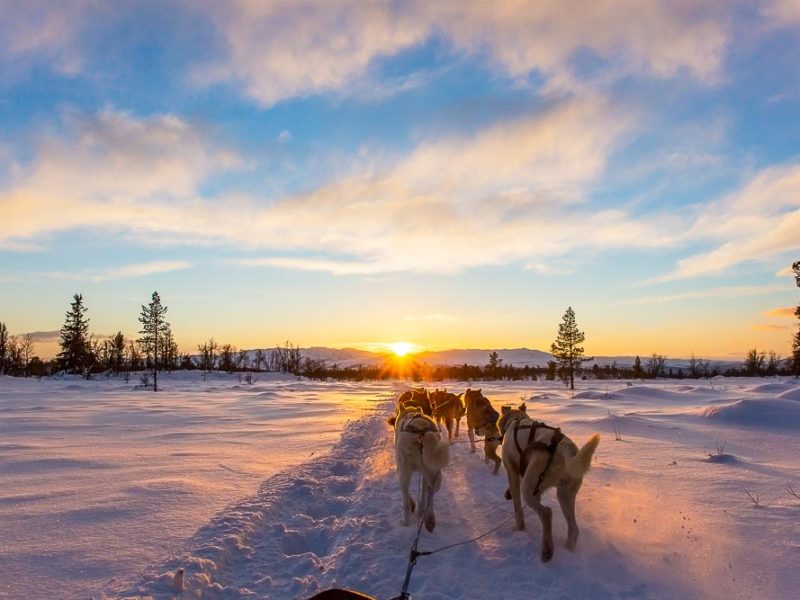
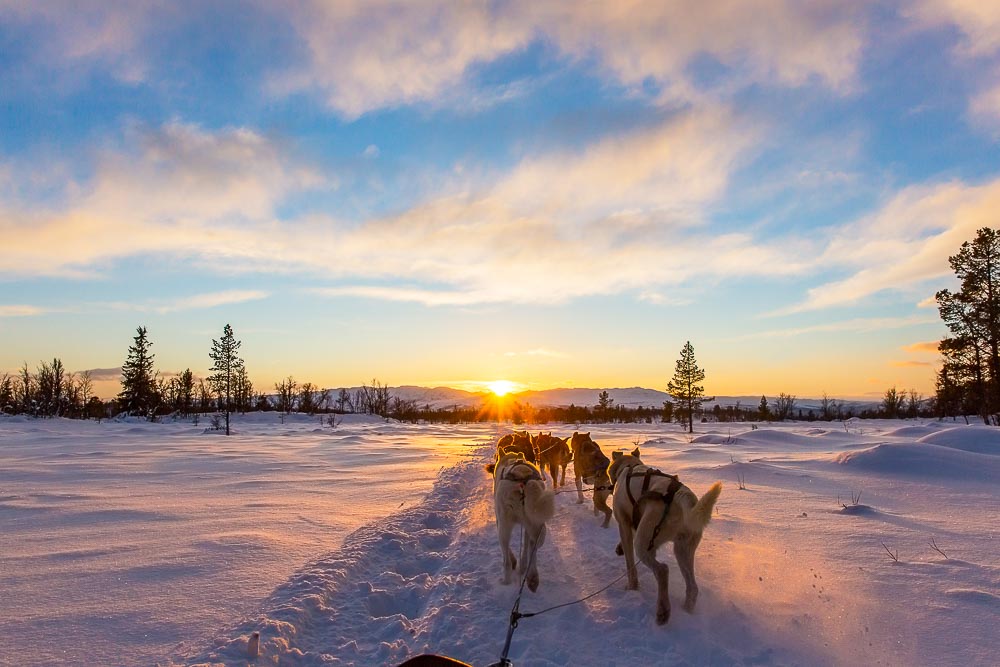
Before you step on board a dog sled, you should ask your musher about how the dogs are treated.
Is dog sledding cruel? Are sled dogs forced to run or is it natural? Steve Madgwick talks to Dave Daley, whose company Wapusk Adventures gives travellers a taste of what’s it like to sled in Canada’s sub arctic. Here’s why he think that his dogs were born to run.
Dave Daley knows that many people instantly dismiss his business and hobby as an inherently cruel and barbaric activity. Funnily enough, he doesn’t agree.
In fact, he’ll argue all day long in support of dog-sledding. And he’s a pretty convincing character.
Best friends, not slaves
“A lot of people think the animals pulling the sled are my slaves, but they are actually my best friends,” he says. “I base my kennel on love and respect, not fear and intimidation.”
“Our main rule is that we never kick or hit the dogs. Not only is that abusive, but it just doesn’t make for good sled dogs.”
Dave’s company, Wapusk Adventures, gives travellers a taste of race-style dog sledding in the wilderness outside his hometown of Churchill, Manitoba.
The sub-arctic Canadian town is polar bear central; they famously gather around Churchill in the lead-up to winter, while they wait for Hudson Bay’s sea ice to freeze so their winter-long seal hunt can begin.

Focus: One of Wapusk Adventure’s lead dogs (photo: Steve Madgwick).
It’s all about respect for the animals
Demand for a ride on the ‘Ididamile’ (Dave’s play on Alaska’s epic race, the Iditarod) is high. Because of the sheer number of tourists who come to Churchill to see the bears (and because the season is short), you only get a one-mile taste of the action behind an eight-dog sled – so the animals don’t get worn out.
Dave is Métis, a founding nation of Canada who trace their ancestors to French settlers and Cree peoples. Their infinity-symbol flag was flown over this land before Canada was Canada. His ancestors were robust outdoorsy types, buffalo hunters and the fur traders – not people you naturally associate with upholding animal rights.
“One thing my grandmother taught me was a great love and respect for animals,” he says. “She taught me that when we harvest animals, we don’t go looking for big horns. We take what we can get – to eat and to use.”
Dave grew up hunting, fishing, gathering and trapping in the area, everything from berries to moose, using an inherited philosophy which is part spiritual, part prairie pragmatism.
“We believe that when we’re out hunting, the animals that come out, they give themselves to us. We always honour that animal; give it tobacco as thanks for giving itself to us. We also thank the creator for creating each animal.”
Meeting the dogs at Wapusk Adventures
Arriving at Wapusk Adventures’ property can be an intimidating experience, and not just because you may come face-to-face with a stray polar bear. The yard is chock-full of robust wolf-like dogs; baying, barking and snapping crazily, desperate to free themselves from their ropes.
These aren’t fluffy huskies or malamutes, the ‘Disneyfied’ sled dogs, these are racing dogs. In the winter they compete in 350-kilometre marathons similar to the Iditarod.
The frenzy peaks when the dogs sense that they are about to go for a run. It seems suicidal to walk into a hyper pack of snapping beasts, but Dave owns the situation.
“Guess which one’s the alpha dog?” he says. “There’s only one alpha male out there and that’s me. This is my pack.
“Ever been to a house where the dogs rule? Those dogs aren’t happy dogs. Dogs like hierarchy. Dogs like to have a boss who shows love and respect.”
Whether it’s because of nature or nurture, each dog seems desperate to run as they are harnessed one by one to the sled. The others still in the kennel ramp up their yelps, as if to say ‘pick me, pick me’.

Pick me, pick me… A sled dog howls to be next to be harnessed up (photo: Steve Madgwick)
Knowing the limits of the pack
“We nurture the dogs’ love of running – this is what they love to do,” Dave says. “Of course, there are limits, and we know them.”
The most important job of a dog musher is to look after the dog, physically and mentally, but there’s one area that needs particular care.
“To be honest, we’re like manicurists,” he says. “We’re always trimming their nails and pads; rubbing in foot powders, oils and lotions. On the long runs, especially in races, we put corduroy booties on their paws.”
Equally important is the musher’s ability to play the role of canine psychologist.
“I have 37 dogs with 37 different personalities and 37 different abilities,” he says.
“You’ve got to know which dogs like each other, because you don’t want two dogs together that don’t like each other. You’ve got to know where they fit it in, whether they’re a born lead dog – or not. You’ve got to know whether they’ve got weak feet, what their metabolism’s like, whether they are right-handed and left-handed.”
Once underway, the dogs run until Dave tells them not to (see the commands below). But do they really want to be doing this? Is dog sledding cruel?
“I’ll let you make your own mind up,” says Dave, mid-embrace with his favourite lead dog.
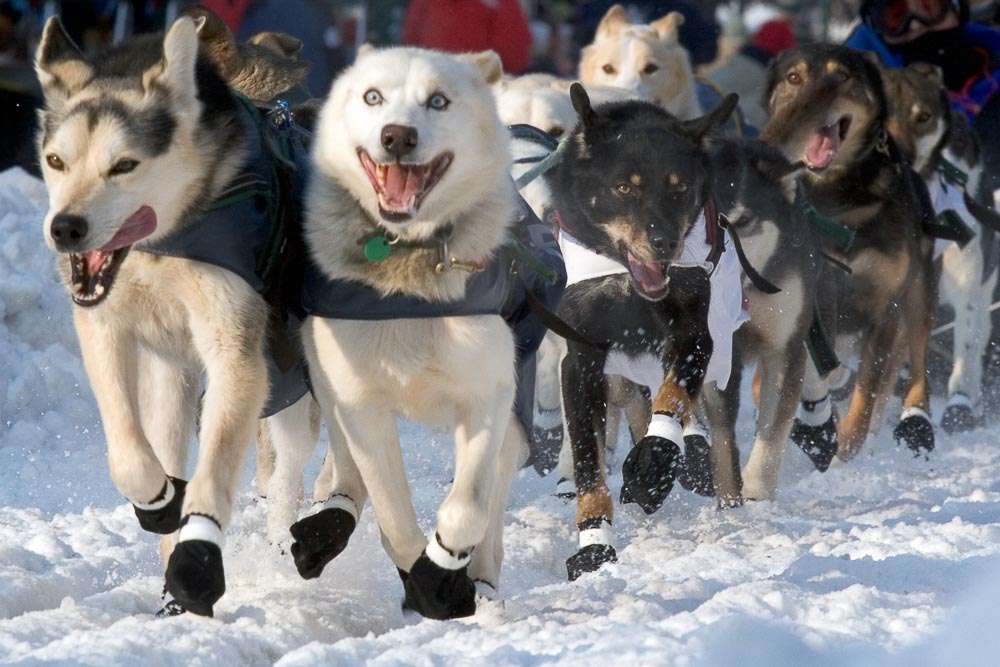
Boots on: sled dogs wear corduroy booties to protect their sensitive paws from the elements.
Every dog sledding voice command you need to know
- Go = hike
- Stop = who
- Faster = pick it up now
- Slow = easy
- Turn right = gee
- Turn left = haw
- Straight = straight on
- On by (all the dogs) = so it doesn’t chase an animal that may be on the path

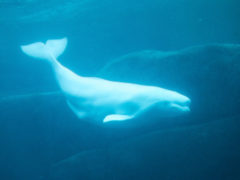
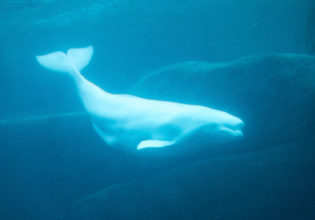
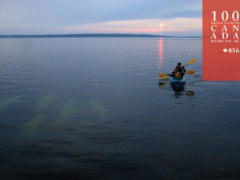
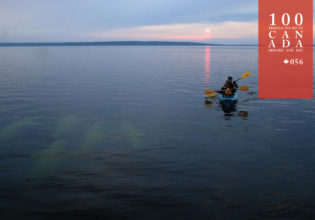

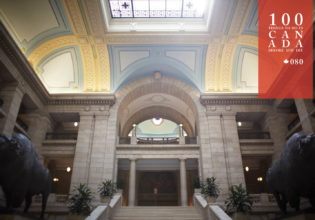
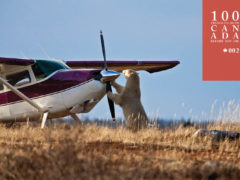
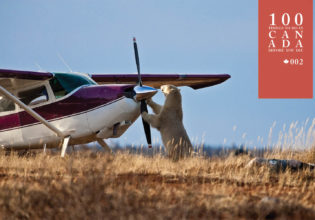
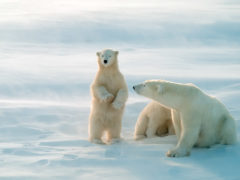


this really changed my mind on this topic